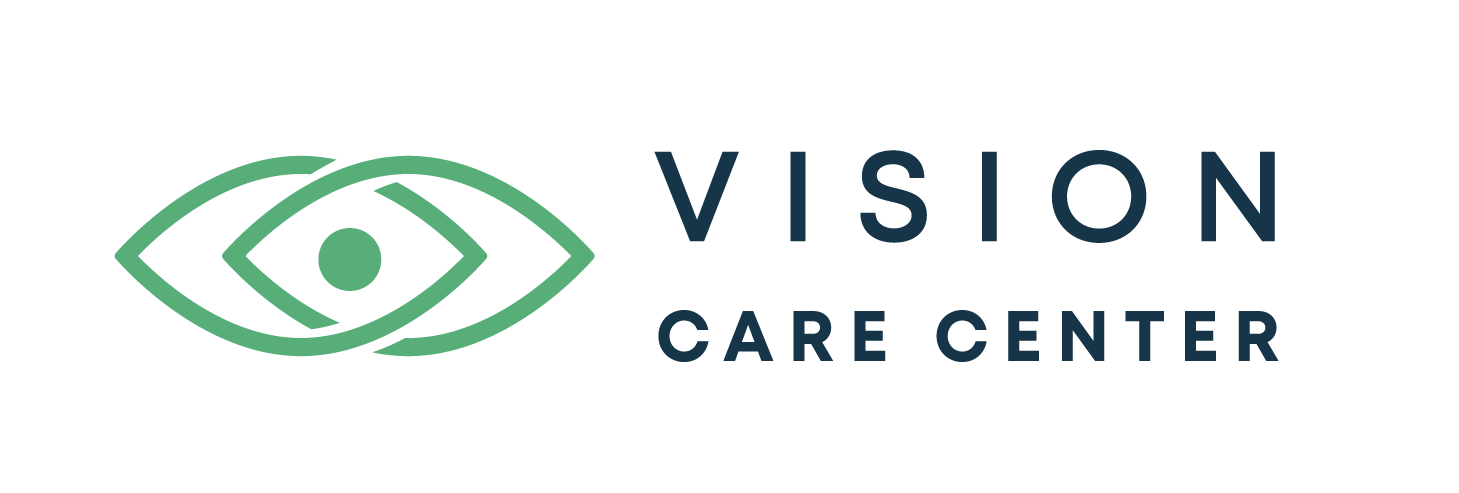Glaucoma Management

Your eyes are the window to the soul. One of the most common ways patients suffer vision loss is with an eye condition called glaucoma.
Bartels Vision Care Center is dedicated to diagnosing and treating patients with glaucoma, ensuring they can live their best lives and avoid vision loss when possible.
What is Glaucoma?
Glaucoma refers to a group of eye conditions that damage the optic nerve. The optic nerve is what connects your eyes to your brain.
The most common way to develop glaucoma is due to high intraocular pressure, or IOP. However, the eye condition can also occur if you have normal intraocular pressure levels.
What Causes Glaucoma?
Although there are several kinds of glaucoma, the most common is primary open-angle glaucoma. With primary open-angle glaucoma, intraocular pressure levels are increased due to fluid in the eye being unable to drain properly from the eye.
However, other forms of glaucoma may form if there is a sudden increase in intraocular pressure, blood flow to the optic nerve is restricted, injuries to the eye occur, or there are other underlying eye conditions.
Another kind of glaucoma that patients may experience is angle-closure glaucoma. With angle-closure glaucoma, the iris is too close to the eye’s drainage angle.
When this occurs, it blocks fluid flowing out of the eye. Angle-closure glaucoma can develop suddenly as acute angle-closure glaucoma or gradually as chronic angle-closure glaucoma. Unlike the more common primary open-angle glaucoma, whose symptoms progress slowly over time, angle-closure glaucoma often has a rapid onset of symptoms and is a medical emergency.
You may hear glaucoma referred to as the “silent thief of sight” because there are few if any, discernible symptoms of glaucoma during its early stages. However, these symptoms will usually become more apparent as it progresses unless you have angle-closure glaucoma.

Are There Any Visible Signs of Glaucoma?
During the earliest stages of glaucoma, it’s not uncommon for patients to be unaware that they have the eye condition. However, these symptoms become more visible as the condition progresses. You may experience symptoms like:
- Gradually losing your peripheral vision
- Noticing tunnel vision as your field of vision becomes more narrow
- Blurry vision
- Seeing halos around lights, especially if you’re in low-light conditions
If you have acute angle-closure glaucoma, you may experience symptoms like eye pain, nausea, headaches, or vomiting. During an acute angle-closure glaucoma attack, intraocular pressure in the eye increases rapidly.
Angle-closure glaucoma is a medical emergency because it can lead to irreversible blindness if left untreated.
How Do I Know if I’m at Risk for Glaucoma?
Certain risk factors will increase your risk of developing glaucoma, including:
- Being 60 or older
- If you’re of Hispanic, African, or Asian descent
- You have elevated intraocular pressure
- You have thin corneas
- You have medical conditions like diabetes, heart disease, or high blood pressure
If you think you may have an increased risk of developing glaucoma, let your ophthalmologist know. They may want you to schedule more frequent eye exams and monitor intraocular pressure.
Learn more about glaucoma and the best treatment methods by requesting an appointment at Bartels Vision Care Center in Tonawanda, NY!












